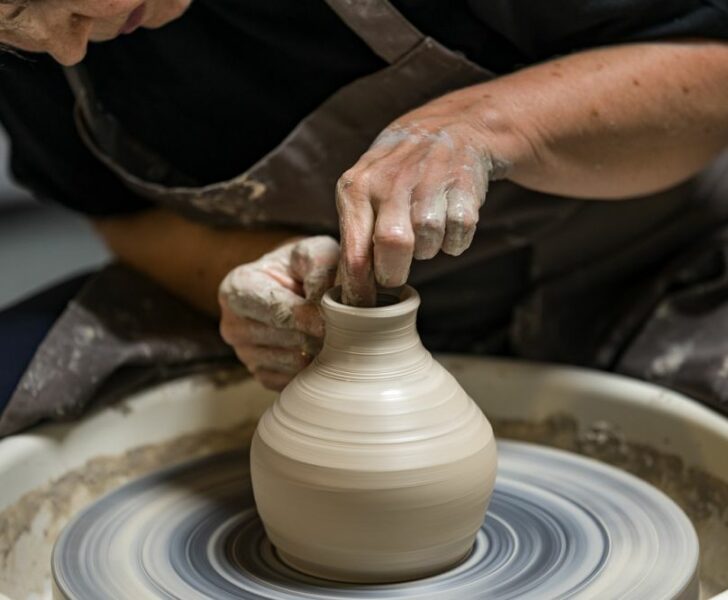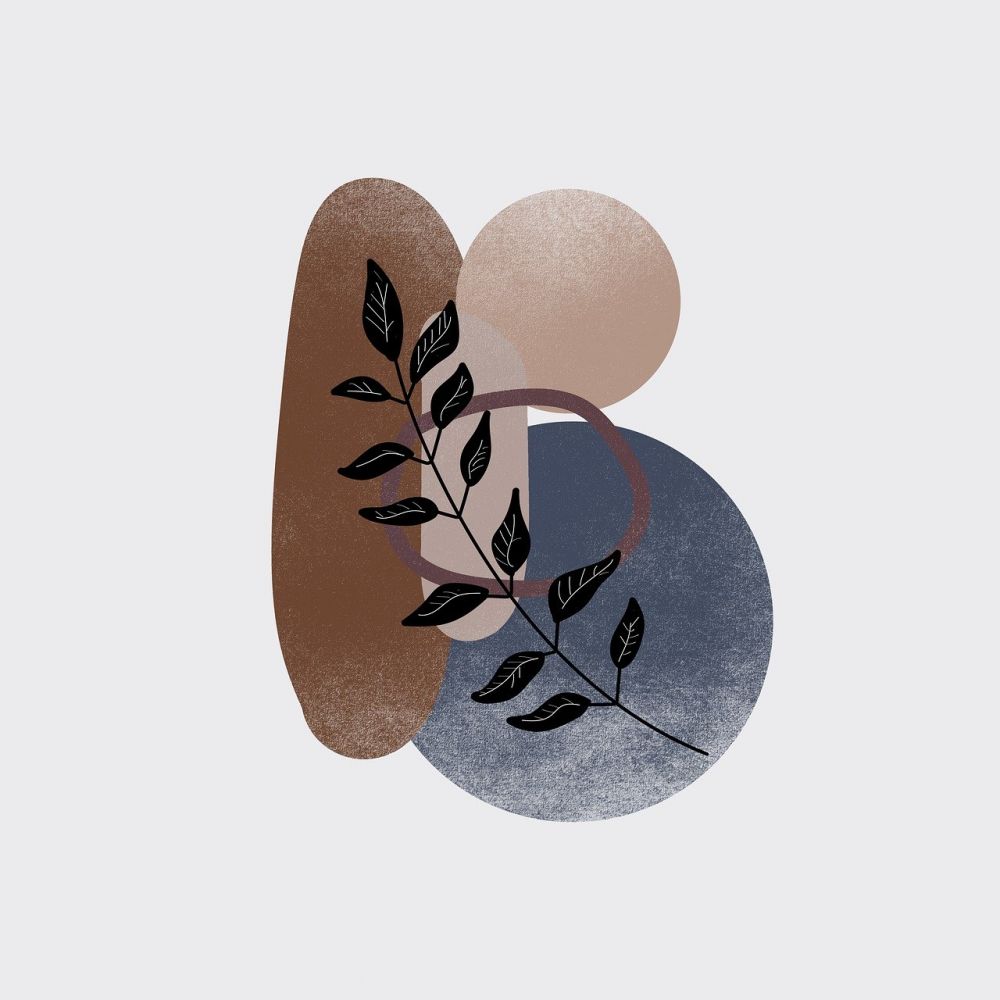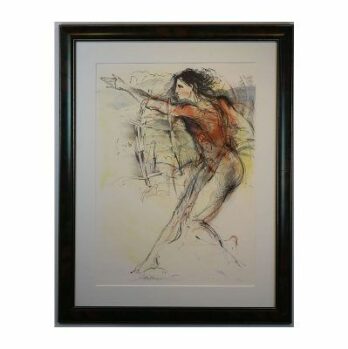Scandinavian Design: A Timeless Expression of Minimalism and Functionality

Introduction
Scandinavian design has gained worldwide recognition for its distinctive characteristics of simplicity, minimalism, and functionality. With its roots in the early 20th century, this design movement has evolved into a timeless expression that continues to inspire and influence the world of design. In this article, we will provide a comprehensive overview of Scandinavian design, exploring its various types, popular trends, historical background, and potential advantages and disadvantages.
The Essence of Scandinavian Design

Fundamentally, Scandinavian design embodies the principle of ”less is more.” It focuses on simplifying forms, emphasizing clean lines, and creating visually pleasing yet functional spaces and objects. It epitomizes the perfect balance between aesthetics and practicality, creating harmonious designs that enhance everyday life. By stripping away unnecessary embellishments, Scandinavian design aims to celebrate the inherent beauty of natural materials and the art of craftsmanship.
Exploring the Different Types of Scandinavian Design
Scandinavian design encompasses a broad spectrum of categories, ranging from architecture to furniture, textiles, and lighting. Each type showcases specific characteristics that make them distinctly Scandinavian. For instance, architecture often features open floor plans, large windows to maximize natural light, and a seamless integration between indoor and outdoor spaces. Furniture design places a strong emphasis on ergonomics and comfort, with iconic pieces such as the Egg Chair and the Eames Lounge Chair typifying this approach. The simplicity and functionality permeate the textile industry as well, with brands like Marimekko and Artek gaining international acclaim for their clean patterns and high-quality fabrics.
Popular Trends and Influences in Scandinavian Design
Over the years, Scandinavian design has evolved and adapted to contemporary trends while staying true to its core principles. Nordic countries are known for their love of nature, and this connection is often reflected in design choices. The use of natural materials like wood, leather, and wool remains prevalent, creating a warm and inviting atmosphere. Recently, sustainability has become a significant focus within Scandinavian design, with eco-friendly materials and production methods gaining popularity. Scandinavian design also draws inspiration from other cultures, incorporating elements from Japan’s minimalism and Germany’s Bauhaus movement.
Quantitative Measurements in Scandinavian Design
While qualitative aspects often define and characterize Scandinavian design, quantitative measurements can provide valuable insights into its impact and reach. For example, sales figures and market shares of Scandinavian design brands and products can indicate their commercial success and popularity. Additionally, survey data and consumer feedback can gauge the overall perception and satisfaction levels associated with Scandinavian design.
Distinguishing Different Styles of Scandinavian Design
Although Scandinavian design shares common principles, it’s important to recognize the distinct variations and influences within the region. Sweden, Denmark, Finland, Norway, and Iceland each have their own design traditions and characteristics. Swedish design, for instance, often leans towards elegance and sophistication, with a focus on natural materials and craftsmanship. Danish design, on the other hand, places a stronger emphasis on functionality, with iconic brands like LEGO and Bang & Olufsen exemplifying this approach. By exploring these differences, one can truly appreciate the diverse and multifaceted nature of Scandinavian design.
A Historical Review of Pros and Cons in Scandinavian Design
As with any design movement, Scandinavian design has its advantages and disadvantages. On the positive side, its timeless simplicity ensures that designs remain relevant and appealing for years to come. The emphasis on functionality also means that products are built to last, reducing waste and promoting sustainability. Furthermore, the focus on minimalism can create a calming and uncluttered living environment. However, some critics argue that Scandinavian design can sometimes be perceived as lacking individuality or personal expression, with its clean lines and neutral color palettes potentially appearing bland to some.
Conclusion
Scandinavian design is a testament to the principles of minimalism, functionality, and craftsmanship. With its enduring appeal, it continues to shape the world of design and inspire countless individuals worldwide. Whether it’s the sleek lines of a Danish chair or the use of natural materials in Finnish architecture, Scandinavian design offers a harmonious combination of beauty and usability. By understanding its various types, influences, and historical background, we gain a profound appreciation for the timeless elegance and practicality it embodies.
References:
– Freeman, Michael. Scandinavian Design. Phaidon, 2018.
– Brøgger, Nina. Scandinavian Design: The Art of Living. Thames & Hudson, 2017.
– Olive, Peter. ”The Origins of Scandinavian Design.” The Guardian, 17 May 2019, www.theguardian.com/lifeandstyle/2019/may/17/enduring-appeal-original-scandinavian-interior-design.
– Lund Olesen, Christian. ”Scandinavian Design and Sustainability: Past, Present, and Future.” Nordic Textile Journal, vol. 1, no. 1, 2020, pp. 23-34.











